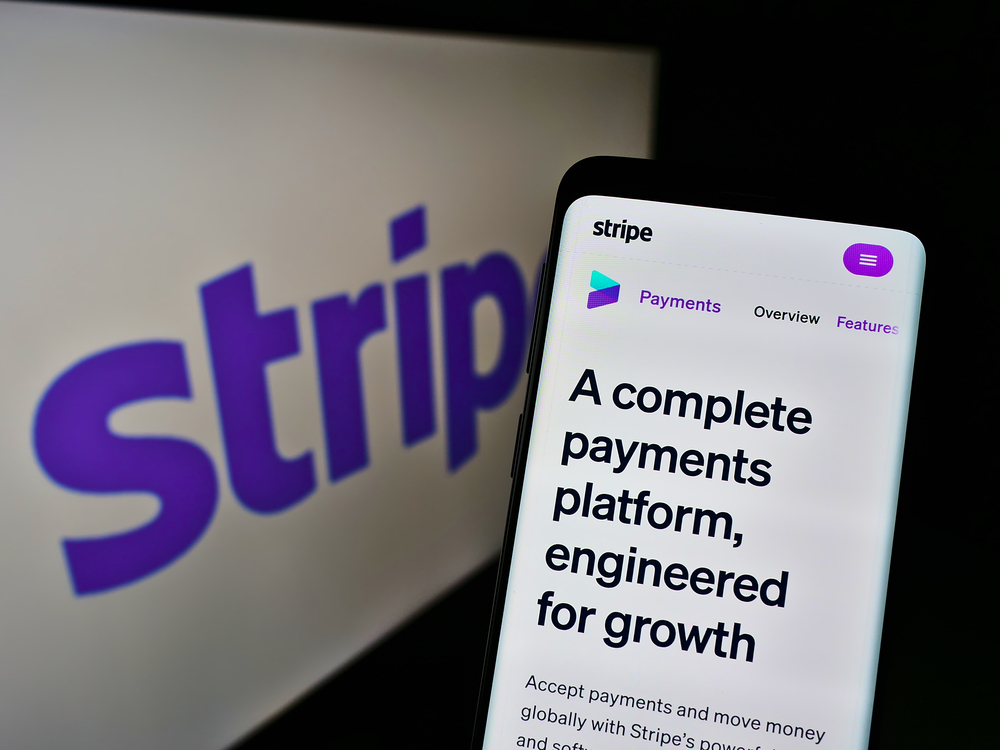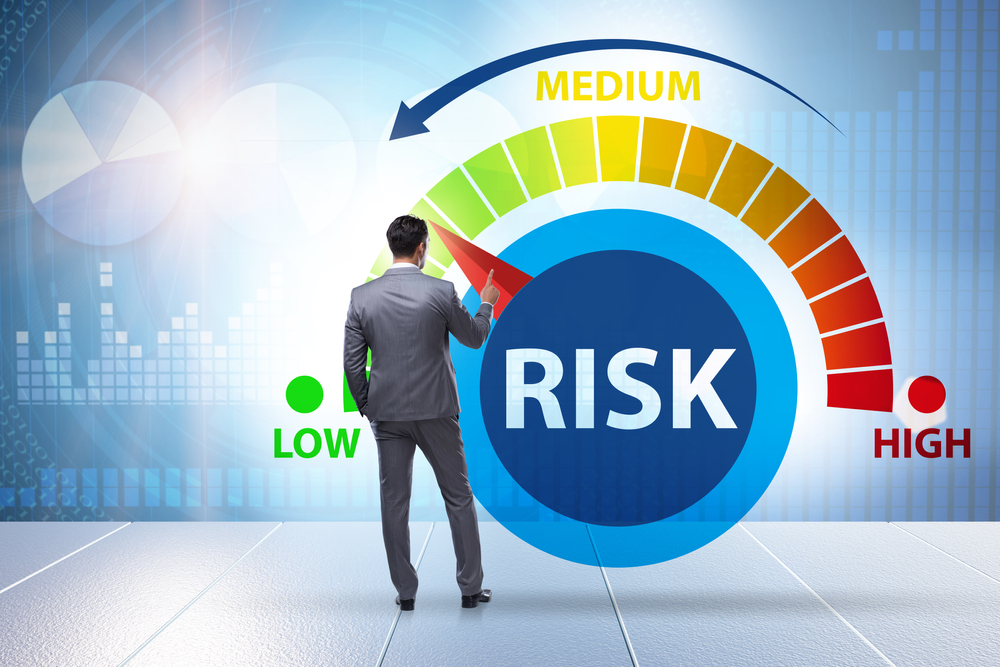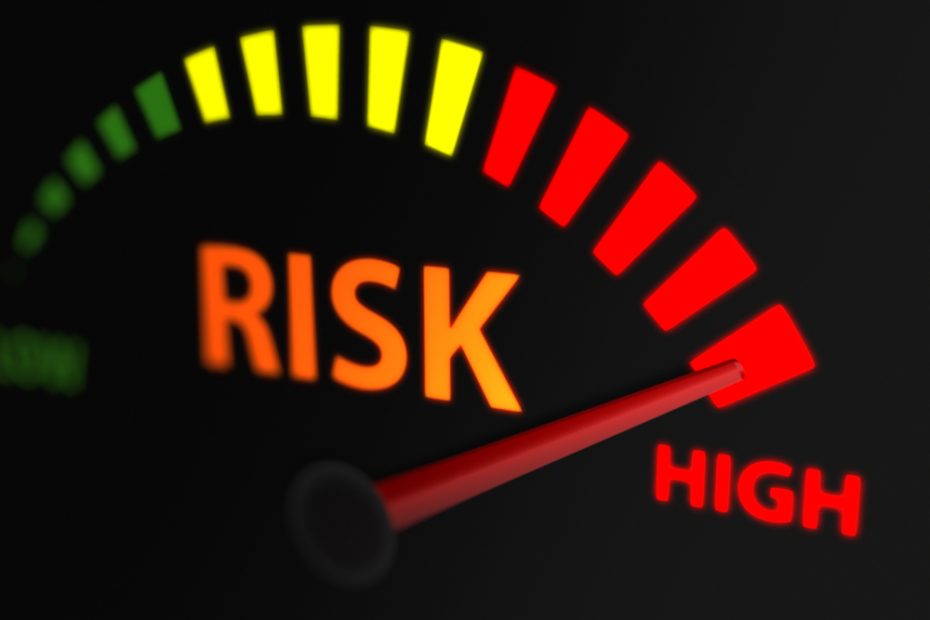Stripe is a popular third-party payment processor that many businesses and individuals use. They offer convenient payment tools such as POS systems, virtual terminals, and more.
Stripe high risk refers to a category of businesses that are considered high risk by Stripe. Stripe high-risk merchants may have trouble getting payment processing due to several risk factors including fraud.
Introduction to Stripe High-Risk

Stripe evaluates the risk of both new and existing businesses on a regular basis and may either ask for more information, set a reserve, or decide on Stripe account termination if they believe the risk of supporting your business is too high.
They take multiple factors into account when determining the level of risk of your business, including industry, the reputation of your business, and how far in advance your customers buy your product or service.
The risk level of your business also comes down to the potential for loss through fraud and disputes.
Understanding High-Risk Industries And Transactions

There are several factors that categorize your business as high-risk, including:
1. Chargeback and Fraud Rates
A high chargeback or fraud rate is a common reason that a business is listed as high risk. Processors review your customers’ buying behavior to determine your chargeback rate.
2. International Business
If you are located overseas but sell to United States customers and accept foreign currency, a US financial institution may consider the banking regulations of your country to be subpar and categorize you as high-risk.
3. Legal Risks
If your business sells products or services that pose legal risks, are often associated with questionable sales practices, and lead a bank to not want to work with you.
4. High Average Transactions
If your business regularly accepts high-cost purchases, you may be considered high-risk. This is especially true if your business processes a high volume of transactions that are business-to-business.
5. Low Credit Score
If the business owner has a low personal credit score, a bank is more likely to place you in the high-risk category.
6. NonTraditional Business Models
Payment processors see a business with a non-traditional business model to be risky. For example, a business that operates under a multi-level marketing model may be labeled as high-risk.
7. Large Amount Of Monthly Transactions
A business that processes a large amount of transactions monthly may be seen as high risk. This is mainly because this poses a greater risk of fraud and chargebacks.
8. Unreliable Customer Base
A business that serves customers that are in unreliable financial situations, for example, debt collection, may be seen as high risk.
Examples Of High-Risk Industries
Various businesses are considered high-risk. Some examples of Stripe’s high-risk industries include:
- Casinos
- Prepaid debit cards
- Pharmaceuticals
- Tobacco products
- Cannabis products
- Adult entertainment
- Dating services
- Travel
- Subscription services
- Financial counseling
- Timeshares
- Cryptocurrency
- Real estate
- Collections
- Nutraceuticals
- Telemarketing
- Sports betting
- Technical support
A high-risk business needs a Stripe high-risk account or a high-risk merchant account. High-risk businesses often don’t qualify for accounts with traditional banks.
Stripe’s Policy on High-Risk Industries

While Stripe does offer some support for high-risk businesses with a Stripe high-risk account, there are certain businesses they restrict.
Stripe’s restricted businesses include:
- Lending services
- Buy now pay later services
- Crowdfunding
- Debt collection
- Insurance
- Money transmitters
- Neobanks
- Government services
- CBD products
- Online pharmacies
- Prescription-only products
- Telemedicine/ telehealth
- Tobacco
- Restricted goods or services
- Travel
- Virtual cryptocurrencies
- Prepaid phone services
- Sale of game currency
- Sale of stored credits
If you violate any of Stripe’s terms and conditions, you may be subject to suspension of services, termination of your account, and may be charged fees.
Challenges Faced by Stripe High-Risk Businesses
Stripe high-risk merchants face multiple challenges, including:
1. More Strict Application Processes
If you are a high-risk merchant, you may be required to turn in more information and documents about your business. Your credit card processing history will be looked at closer, and the underwriting process may take longer.
2. Higher Processing Rates
High-risk businesses can expect a higher processing rate. Typically, you can expect your processing rate to be between 3.5 and 5%.
3. Stricter Terms
Many standard merchant accounts have no contract. A high-risk merchant won’t get that flexibility, and they will most likely have to agree to a long-term contract. These contracts may often come with early transaction fees.
4. Reserve
A reserve is a portion of your money set aside to protect the merchant bank. If you don’t pay your chargebacks, funds from the reserves can be used to cover them.
5. Limited Options
Not all payment processors offer high-risk merchant accounts. This highly limits the options that are available for a high-risk business.
Solutions and Alternatives for Stripe High-Risk Merchants
There are several solutions a business can take to reduce their risk. These include:
- Preventing fraud
- Preventing chargebacks
- Limiting high-risk customers
- Choose a reliable payment gateway
- Limiting high volume transactions if possible
- Limiting monthly sales volume if possible
There are many Stripe high-risk alternatives, but an ideal option for a high-risk merchant is a
high-risk merchant account.
High-risk merchant accounts are designed for high-risk industries. High-risk merchant accounts are capable of providing protection against chargebacks and fraud, handling high transaction volumes, low credit scores, and other factors that make a business high-risk.
What To Look For In A High-Risk Payment Processor
There are several things to look for in a high-risk payment processor, including:
1. Experience
You will want to choose a payment processor with 5 to 10 years of experience with high-risk merchant accounts, especially in your industry.
They should have a solid reputation. You can look through various customer reviews to see their view of the company, how they handle complaints, how reliable they are, etc.
2. Rates
Due to being high-risk, a high-risk processor often charges higher rates, especially per transaction. However, there are a variety of fees, including monthly fees, chargeback fees, penalty fees for monthly minimums, setup fees, and more.
Ensure that you are aware of all fees that the processor charges and look for a business with affordable rates. Ensure that the company also has transparent pricing models so you aren’t surprised by any fees in the future.
3. Customer Service
The ideal payment processor will need to provide good customer service. Ideally, a provider should be available 24/7 through multiple channels such as phone, email, live chat, and tickets.
The company’s customer service should be reliable and easily accessible to handle any issues that arise.
4. Security
Your payment processor should provide robust security measures. This should include chargeback and fraud protection. Opt for a company that is PCI compliant and uses advanced security measures.
5. Contracts
Review all terms and conditions and ensure that you understand the contract. Look for a company that provides contracts with reasonable lengths and fair cancellation policies.
Some providers offer month-to-month contracts or no contracts, which can be ideal if you end up not liking the company you choose.
6. Integrations
You will want to ensure that the payment processor you choose can integrate with your existing systems. This can include bookkeeping, accounting, and e-commerce software.
7. Customer Reviews
Go through customer reviews thoroughly and look out for any serious issues. Try to find some reviews of people in your industry. Read reviews to gauge how satisfied customers are with their service.
8. International Transactions
If you plan to do business abroad, you should ensure that the payment processor you choose can support international transactions. They will need to support a variety of currencies and payment methods and offer secure payment gateways.
Is Stripe Worth It For A High-Risk Business?
Stripe really isn’t worth it for a high-risk business. There is too much risk that they can put your account on hold, suspend, or completely cancel your account altogether. High-risk merchant accounts are a more secure and ideal solution for a high-risk business.
Emerchantbroker offers reliable high-risk merchant accounts with a 99 percent approval rate. Emerchantbroker provides 24/7 customer support, chargeback protection, customized pricing options, no application or startup fee, an A+ BBB rating, and over a decade of experience in the high-risk business.
Check out Emerchantbroker today and get a merchant account for your high-risk business.


